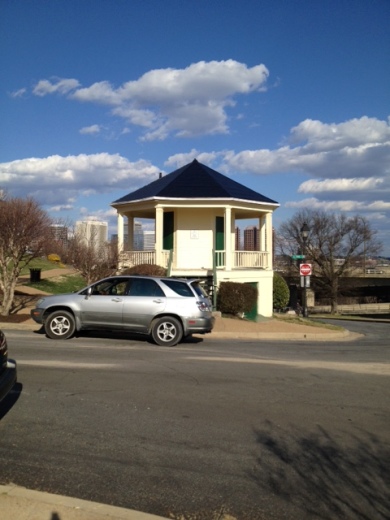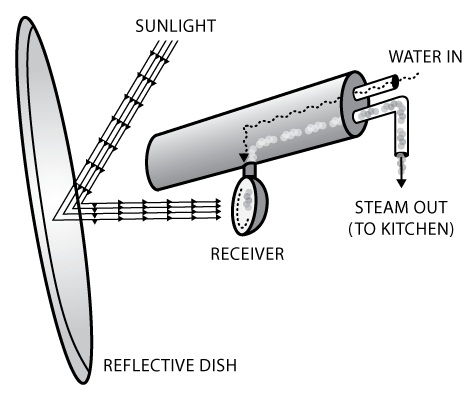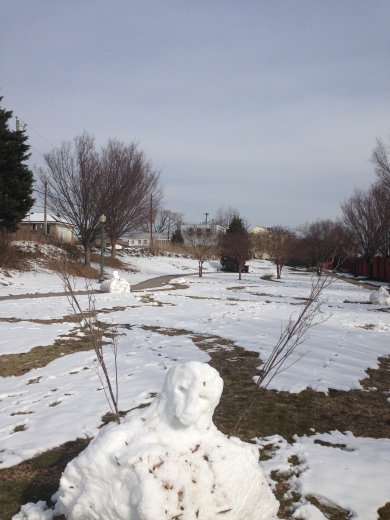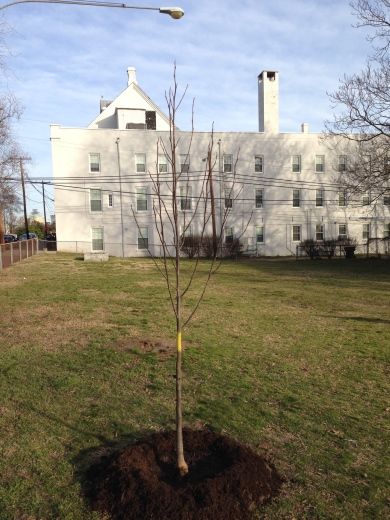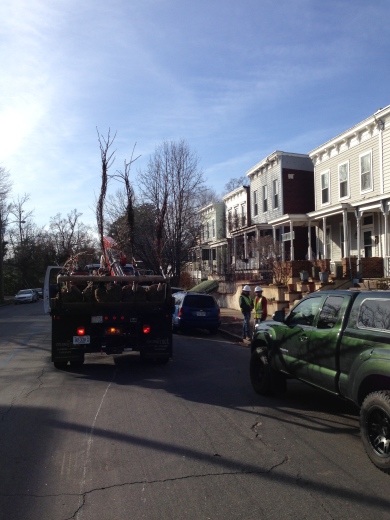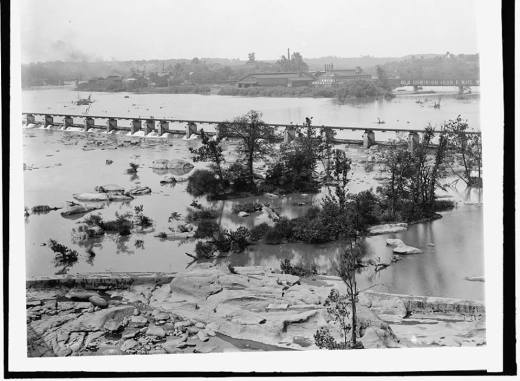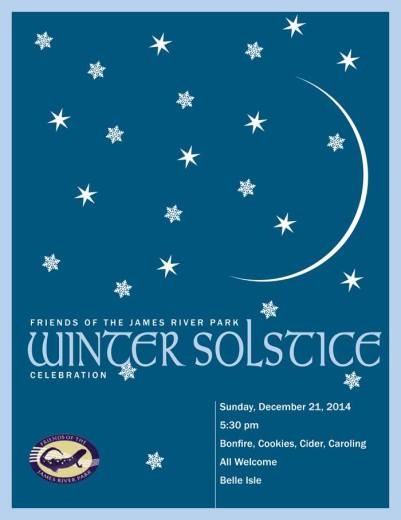A group of Monroe Park community advocates and former members of the now defunct Richmond City Council appointed Monroe Park Advisory Council are requesting to meet with Volunteer Group Coordinators, City staff, VCU, UCI officials and Richmond and VCU Police in order to focus and leverage any and all available resources and volunteers in order to spruce up Monroe Park in anticipation of the UCI Bike races in September. This meeting will be held Wednesday, March 18, 2015 at 3:30PM at Monroe Park’s iconic fountain. The upcoming race and associated international media coverage presents the city with an unprecedented and exceptional opportunity to promote Richmond and its wonderful amenities to millions throughout the planet. Monroe Park is located in a prominent position on the UCI Time Trial Circuit, Team Time Trial Circuit and Road Circuit races.
The group, comprised of Elinor Kuhn, James “Turk” Sties and Todd Woodson have assembled a 21 point plan comprised of relatively inexpensive but effective maintenance and beautification suggestions that will help to present the historic park in the best light to the world. A comprehensive historic renovation of the park will occur at some point in the future but these suggestions would be compatible and are designed for a dramatic improvement in appearance for Richmond’s oldest municipal park. The suggested plan is as follows:
1. Restore fountain in appropriate verdigris finish, repaint fountain pool, inspect fountain lights, repair and repaint wrought iron fountain fence, repair supporting masonry, install correct recirculating filtered water pump and feed and mulch fountain plantings.
2. Repair or fill collapsed and non functional drainage inlets.
3. Aerate, fertilize and seed grassy areas.
4. Inspect park irrigation system and replace any broken sprinkler heads.
5. Remove graffiti and paint Checkers house and replace rotted gutters.
6. Level, scrape and paint light poles.
7. Consolidate park signage and remove inappropriate signage.
8. Mulch tree wells and trees in the park.
9. Paint pole of Department of Historic Resources highway marker and prune crepe myrtles to ensure visibility.
10. Install identification marker on rare deciduous Dawn Redwood tree and any other specimen trees.
11.Paint bollards and replace broken ones with any existing attic stock.
12. Establish Checkers House office space as a satellite base for biking Richmond police officers during race week.
13. Install flower beds under Crepe Myrtles and any other appropriate places.
14. Fill in severely rutted areas from past cars and truck mishaps on park grounds.
15. Discuss the city’s public wifi and increase power during race week if necessary.
16. Encourage art installation from VCU School of the Arts during race week.
17. Address any rodent infestation issues in Checkers House.
18. Insure proper removal of trash during community feedings. Ask VCU to stay until 5 on weekends for trash removal and also encourage feeding groups to remove and recycle waste from these events.
19. Suggest better enforcement of existing laws in the park, e.g. no parking inside park, no alcohol or illegal substances and litter control. Encourage police presence in park during race week.
20. Inspect and thoroughly clean bathrooms and monitor during race week.
21. Encourage Richmond City Council to establish a Monroe Park Community Advisory Board comprised of engaged members of surrounding communities and giving them a voice on all future decisions made regarding park policy.

